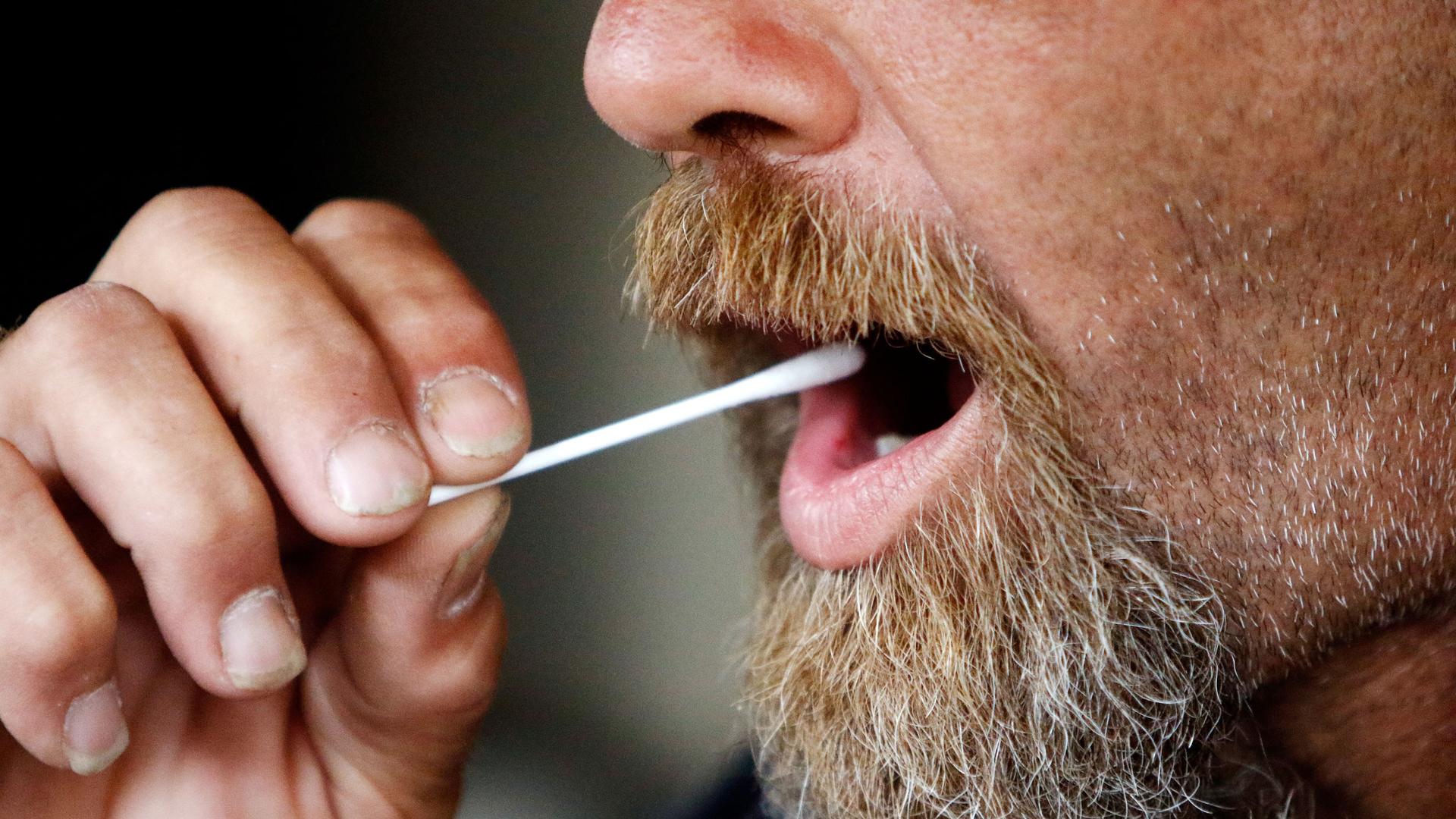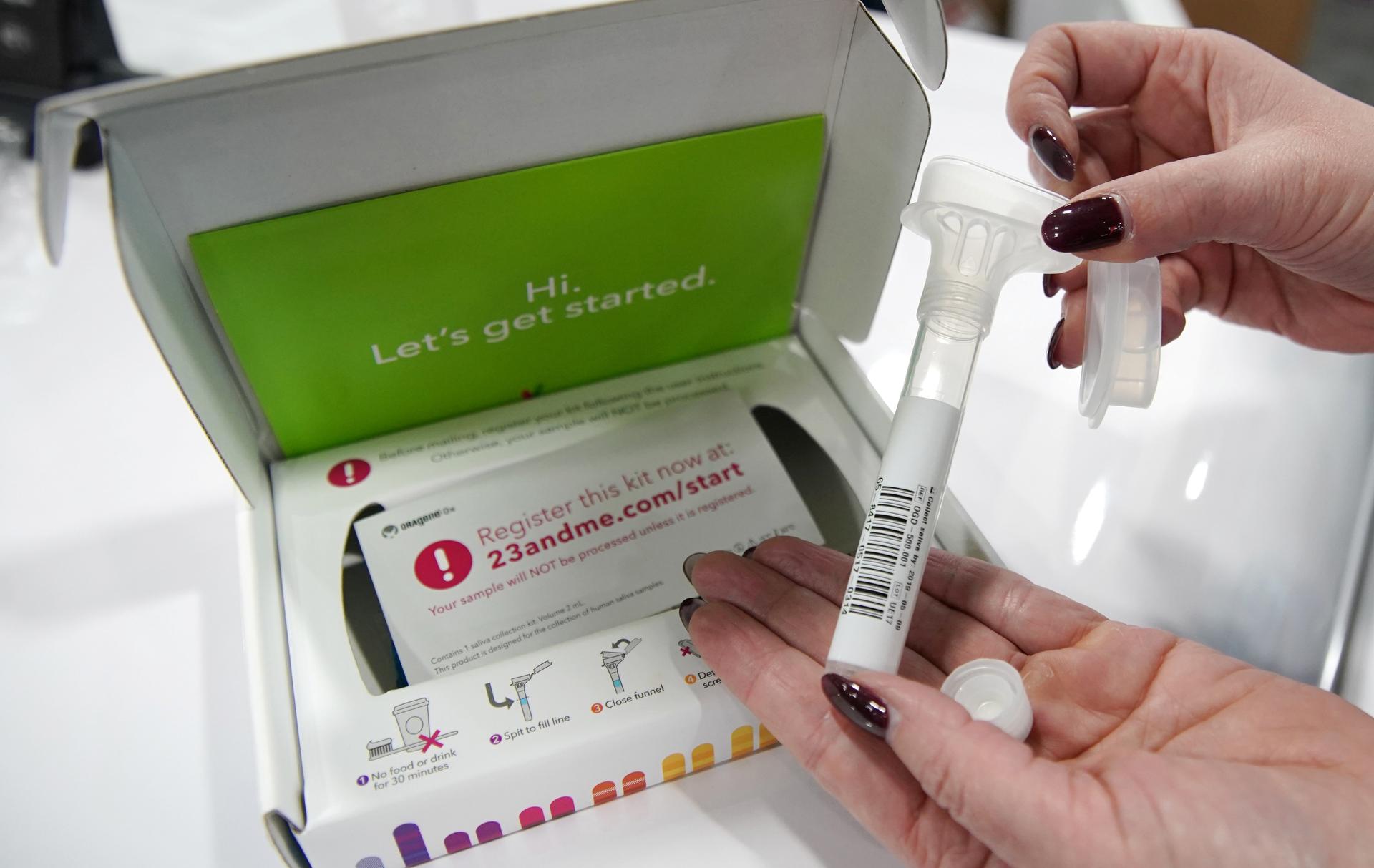Genetics
Blood-forming stem cells likely hold the key to curing many types of disease
Stem cells, the raw building blocks of our body that can form any type of cell, have opened up an exciting area of medicine. A rediscovery in the use of blood-forming stem cells may further accelerate the treatment of aggressive cancers and autoimmune diseases.


